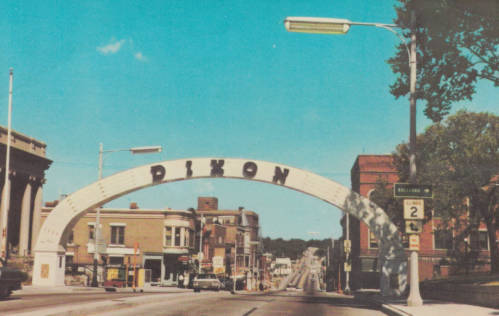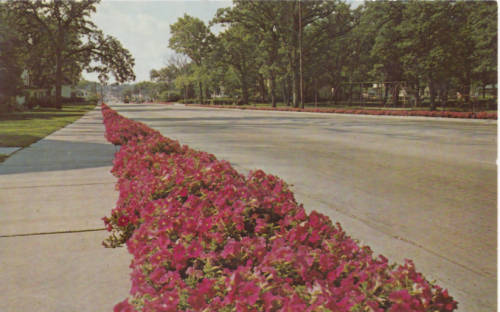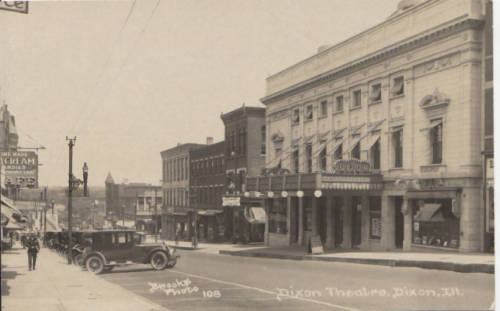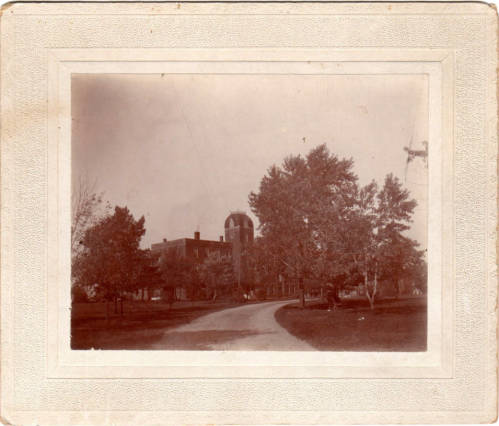The IDHH contains some content that may be harmful or difficult to view. Our cultural heritage partners collect materials from history, as well as artifacts from many cultures and time periods, to preserve and make available the historical record. Please view the Digital Public Library of America’s (DPLA) Statement on Potentially Harmful Content for further information.
In recognition of Black History Month, the IDHH would like to highlight the vibrant history of the black musicians of the historic Maxwell Street Market, the birthplace of Chicago blues. Between 1916 and 1970, six million African Americans moved from the rural Southern United States to the more urban Northeast, Midwest, and West in the Great Migration. Bringing new life to industrial cities like Chicago, one of the many areas in which these new Chicagoans landed was that of Maxwell Street, part of the Near West Side of the city. A bustling residential district, Maxwell Street first appeared on a city map in 1847 and over the next 75 years would become an increasingly diverse neighborhood, earning itself the nickname “Ellis Island of the Midwest”. By the 1920s, the area’s residents were predominantly African American, and these new migrants brought with them the sound of blues music.
In the 1930s and ‘40s, Maxwell Street became known as a place where black musicians could be heard by the greatest number of people as shoppers browsed the wares in the open-air market or inside stores. These street musicians played the acoustic blues of the South, but soon realized that amplification was needed so that they could be heard above the din of the noisy market. Setting up near storefronts, they began to play a blues music using electric guitar and the harmonica, both heavily amplified, often to the point of distortion. Over several decades, the featuring of these instruments and the blending of musical genres gave birth to an electrified, industrial blues, later coined, “Chicago Blues.” Made famous by black musicians on Maxwell Street such as Muddy Waters, Howlin’ Wolf, and Bo Diddley, Chicago blues would find mass appeal through Chicago blues record labels like Chess Records and have a significant influence on early rock musicians like The Rolling Stones.
Here are a few of our favorite items from IDHH collections featuring the music of the famous Maxwell Street Market:









Want to see more?
Visit the IDHH to view even more images of the Maxwell Street Market and explore items related to African American history and culture.






